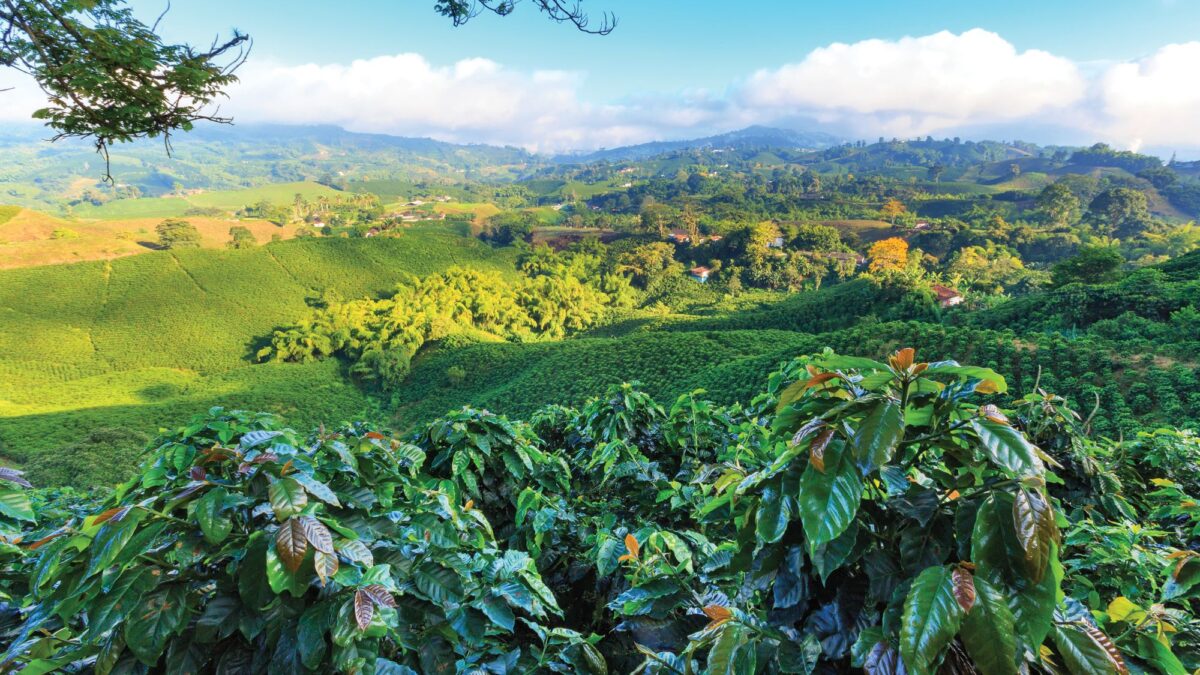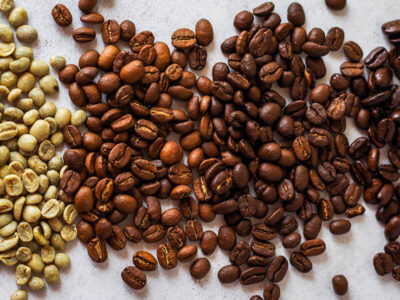
Like any subject, coffee has a language of its own. Understanding a few key ideas and terms will help you find great tasting coffee and avoid a lot of the marketing tactics associated with buying coffee.
Coffee Grades
You will here many connoisseurs, planters, and specialty houses talk about coffee grades but a lot of the common talk is just marketing. The key thing to remember as a coffee consumer is that grades don’t equal great taste. Coffee grades are more for the coffee industry buying in bulk purchases used for blends and mass produced coffees you see on store shelves. The coffee grades are generally used to describe the physical appearance of the coffee beans. Most coffee regions used a grading system to describe the size of the bean. For example, Columbian beans use the Supremo grade for beans larger than the smaller Excelso graded beans. There is no grading system for when the coffee cherries are picked and there is no unified grading system for taste-related qualities such as acidity, body, etc. Furthermore, the end product is affected by varying factors such as roasting, storage, and wash.
The second most important thing to remember about coffee grades is that each region is different. If you are going to evaluate by grade, you must learn and understand how the Costa Rican coffee industry evaluates its beans vs the Brazilians for example.
Lastly, other grading factors you here about such as peaberry are actually descriptions of genetic anomalies or other physical traits. Peaberries are small round beans that occur when the twin bean in a coffee cherry doesn’t grow right. Many consumers or peaberry coffee love to argue that their flavor is more concentrated. While there is not a definitive study on the flavor concentration of the peaberry, what we do know definitely is the round shape results in a different roast. And we know that roasting affects the end flavor of the coffee, and this is why peaberries are so sought after and sell for a premium.
Organic
The phrase organic is thrown around a lot in almost every crop, not just coffee. For our uses I am going go by the certified definition of organic by the United States Depart of Agriculture. By definition, organic coffee beans are grown without using synthetic pesticides or other prohibited substances for at least three years. Additionally, the farm must follow a sustainable crop rotational plan. If you are a consumer in another regions, such as Europe, the definition of organic in the European Union differ slightly.
Many consumers buy only organic products but I believe that is too narrow a confine for coffee consumption. If you are buying just organic labeled coffee, you are missing out some of the world’s great coffees. Furthermore, many farmers in third world countries farm organically by default. That’s how they’ve been doing it for generations and even if they wanted to, could not afford to buy pesticides and modern farm technology. The cost to be certified organic in the United States is about $300 a year. Farmer’s in developing regions might earn anywhere to $1000-3000 per year farming coffee from their family farms. Even if they wanted too, they could afford to be certified organic by the USDA.
Sustainable Farming
Sustainable farming is difficult to standardize and certify. While the term is thrown around a lot, there is no commonly held definition as each geographic region has its own characteristics.
Fair Trade
Most Fair Trade agreements certify cooperatives instead of individual farms. What this term generally means is that buyers and sellers have agreed to a “fair” price as deemed by a third party.
Estate coffee
There is no legal definition of “Estate” coffee. The term has been used to replace “plantations” due to the historical negatives of the word plantation. Estate coffee is more a marketing tool than anything else .
Shade Grown
Shade grown coffee also is known as bird-friendly coffee. In South America and other warm climates, birds come there in the winter to nest. Birds often use the coffee trees to nest and form a symbiotic relationship with coffee trees as the birds shield the coffee from the harsh sunlight. Shade grown coffee also does not use pesticides. Shade Grown coffee also is used in mountain sides where the mountain shades coffee from the sunlight. Again with other standards, shade grown does not mean bad coffee and is not a definitive label for quality coffee and tastes.










